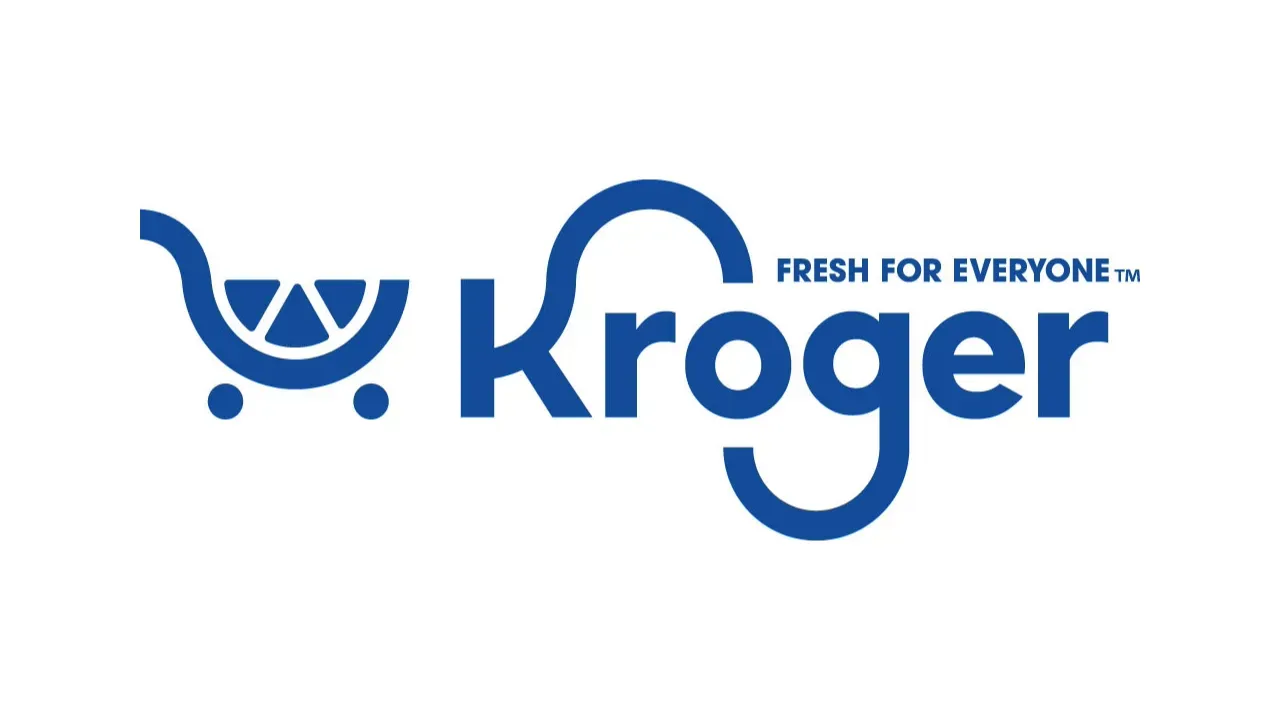BENTONVILLE, Ark. — Walmart cited broad-based strength across its global segments in posting revenue growth of 7.3% in its fiscal year ended January 31.
The company posted fiscal 2023 net income of nearly $11.7 billion, down 14.6% compared with the previous fiscal year.
For the current year, through January 2024, Walmart is forecasting a same-store sales increase in the range of 2% to 2.5%, a diminished outlook that company executives partially attributed to reduced demand for discretionary items as shoppers contend with higher food costs.
“We’re excited about our momentum,” Doug McMillon, the company’s president and chief executive officer, said in announcing the Walmart’s fiscal fourth quarter and full-year financial results. “The team delivered a strong quarter to finish the year, and as our results in the last quarter show, they acted quickly and aggressively to address the inventory and cost challenges we faced last year. We built momentum in the third quarter, and that continues. We are well positioned to start this fiscal year.”
Fiscal fourth quarter revenue was $164 billion, better than the $152 billion in the same quarter of the previous fiscal year and better than the estimate of $159.7 billion.
Net income in the quarter was $6.2 billion, well ahead of the $3.5 billion in the year-earlier period.
Adjusted per-share earnings of $1.71 in the quarter through January topped the consensus estimate of $1.51.
Walmart U.S. posted a comparable-store sales increase of 8.3% in the fourth quarter, and e-commerce sales increased 17% as the retailer continued to gain grocery market share.
Comparable sales at Sam’s Club increased 12.3% in the fourth quarter, with membership income up 7.1% after membership count reached an all-time high.
Walmart International notched net sales of $27.6 billion in the fourth quarter. That’s an increase of 2.1% from the previous year. On a constant-currency basis, the international unit’s sales increased 5.5% to $28.5 billion, led by strength in Walmex, China and Canada.
Walmart’s global advertising business increased more than 20% last year, led by 41% growth at Walmart Connect in the United States.
Full-year revenue was $611.3 billion, up 6.7%, a performance that was negatively affected by $5 billion in write-downs related to divestitures. Excluding currency, total revenue would have increased 7.4% to $615.1 billion, the company reported.
Walmart said its full-year earnings were also impacted by a one-time charge of $3.1 billion related to the settlement of a national opioid lawsuit.
Full-year revenue at Walmart U.S. was $420.5 billion, up 6.9% year on year. Operating income in the unit was $20.6 billion, slightly above the $21.5 billion in the previous fiscal year. Same-store sales for the full year, excluding fuel, increased 6.6%.
The company reported that e-commerce sales at Walmart U.S. grew 12% in the fiscal year, with sales up 23% in the past two years.
Full-year revenue at Sam’s Club was $84.3 billion, compared with $73.5 billion in the previous fiscal year. Operating income in the segment was $1.9 billion, below the $2.2 billion in the previous fiscal year. Excluding fuel, same-store sales at Sam’s Club increased 10.5% in fiscal 2023, compared with the 9.8% gain in the preceding fiscal year.
Full-year revenue at Walmart International was $100.9 billion, essentially flat from the previous year. But the unit’s operating income declined to $2.9 billion from the previous fiscal year’s $3.7 billion.
Walmart said inventory levels remained elevated. Inventory value at the close of the fiscal year was $56.7 billion, compared with $56.5 billion at the end of the preceding fiscal year. Inventory value at Walmart U.S. ended fiscal 2023 down 3% compared to a year earlier.
“We ended the quarter with inventory about flat to last year, which is better than we anticipated and even better when you consider how inflation lifts that number,” McMillon said on an earnings call.
“As we navigated the short term, we also advanced our strategic priorities. Big picture, our strategy is simple: It’s to bring our purpose to life for those we have the privilege to serve. We’re a people-led, tech-powered, omnichannel retailer dedicated to helping people save money and live a better life,” McMillon added. “We’re a people business focused on customers, members and associates. We’re constantly adjusting to put the right combination of wages, benefits and education in place so that our people can build lifelong careers and achieve their full potential. You can start your career assembling bicycles and end up leading all of our U.S. stores. You can start as a cashier and become a truck driver. You can start unloading trucks in a DC and grow to oversee an automated system moving freight through that DC.”
As a new fiscal year begins, Walmart anticipates “stubborn inflation” to persist, particularly in the dry grocery and consumables categories. “We’ll stay focused on general merchandise and earn sales in those categories to offset that impact as much as possible,” McMillon said. “When we think about our business today compared to what it was during prior economic downturns, we now have a more compelling offer, a true omnichannel experience that makes us optimistic that more higher income families will continue shopping with us across categories because we have pickup, delivery and membership.
“And we’re improving in categories like apparel and home. Our recently remodeled U.S. stores have a focus in those areas, and the early response from customers is promising.”





